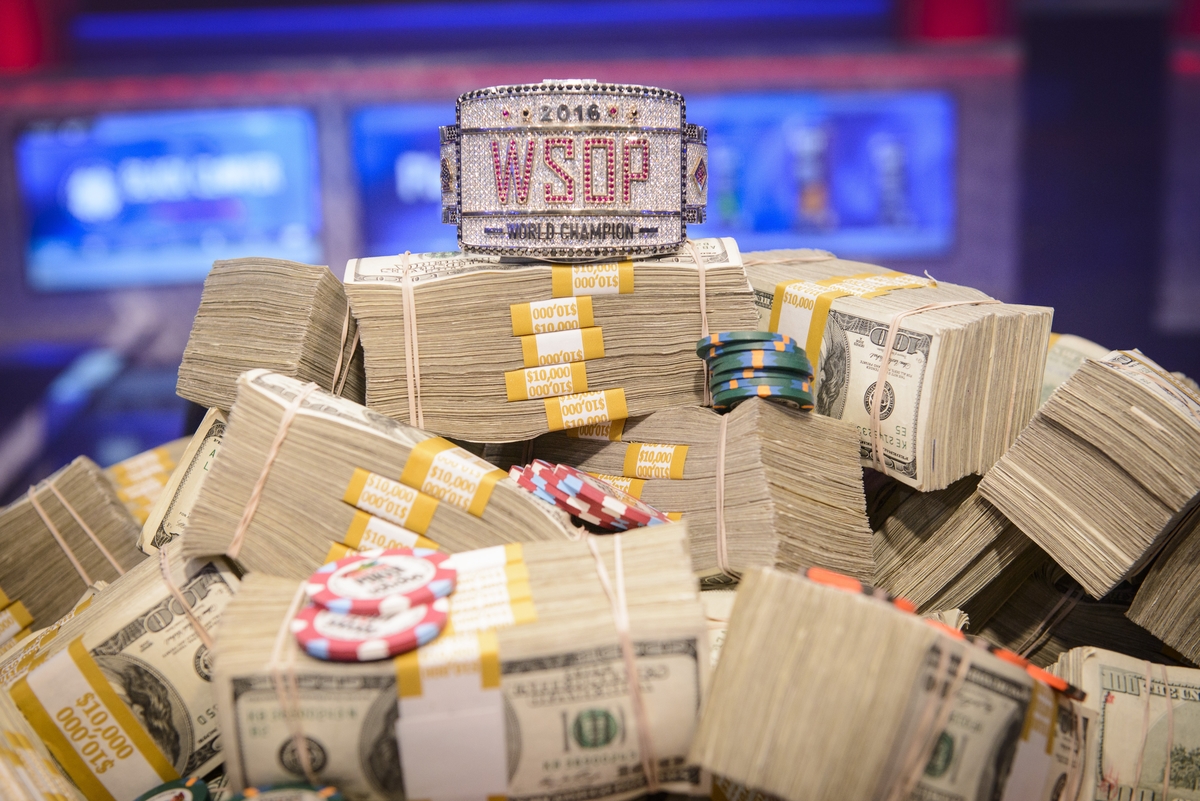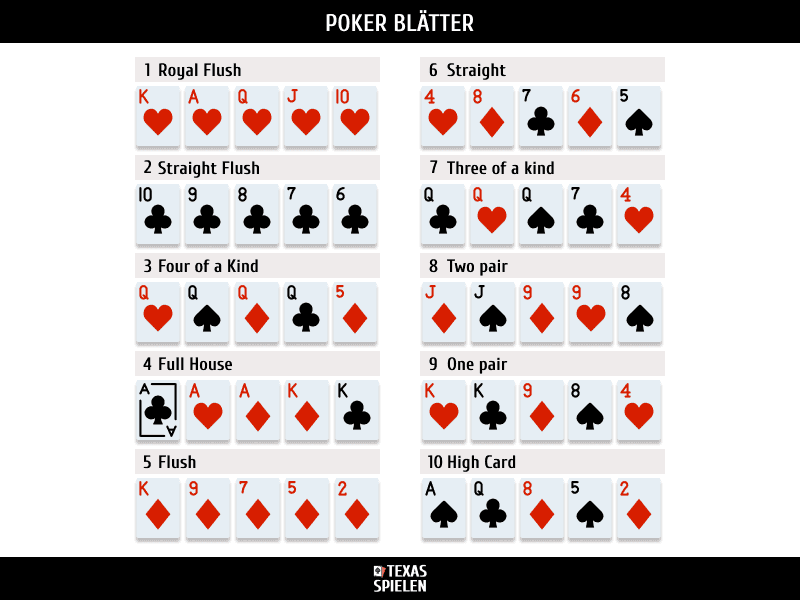Best Poker Bankroll Management App
Bankroll management is one of the most crucial elements for success in poker. Each type of poker will have slightly different bankroll requirements, and even the limits that you play will be very important when determining how much money you really need. For example, a SNG player will need a different number of buy-ins than a cash game player.
- Best Poker Bankroll Management App Free
- Best Poker Bankroll Management App List
- Best Poker Bankroll Management App Download
To go even further, a high stakes sit and go player will need a lot more padding in their bankroll than a small stakes sit and go player. Even within the same smaller types of games, there are still drastic differences and dynamics that need to be accounted for. One of the easiest ways to go broke is by mis managing your bankroll.
3 tips for poker bankroll management; Recommended poker bankroll sizes for different game types; Lessons from Doug Polk’s $10,000 Bankroll Challenge; Poker bankroll management tools & apps; Let’s dive in. Jose Aguilar contributed to this article. Tip #1: Treat your poker bankroll like an investment—because it is. « The best interface and support, perfect multi-table tracking as well as feature updates requested by users; very reliable and the best bankroll tracking app ever » - Brian, Australia « I bought every app and no one compares to Poker Analytics » - Jeff, USA. Best software/app for bankroll management I used to pay for poker tracker back in the day. Now this day and age I’m sure there are other apps out there that might be better.
There are a lot of players who think that they can take shots and that everything will be just fine. While there is certainly merit in taking shots, you should also be prepared for if and when you might fail. Always be prepared to fail just as you are to succeed. The reality is that you could be the best player in a game and still lose a whole lot of money, so it only makes sense to be ready for whatever might happen.

The actual managing of your bankroll will only happen if you start off with a sufficient amount of money. If you start playing in high stakes cash games with just a few buy ins, you are already making a big mistake and never really had an apt bankroll to manage in the first place. This is something that too many players do by default.
If you want to really have control of your poker career, you need to know and understand that money management is incredibly important. Aside from tilt, improper bankroll management is the number one reason why players go broke - or at the very least, don’t live up to their potential.
Bankroll Management for Sit and Gos

Sit and gos come in a variety of shapes and sizes. You can choose from small stakes games, mid stakes games, high stakes games, and so on and so forth. In addition, there are a number of variants when it comes to the speed of games. There are regular sit and gos, turbo sit and gos, ultra turbo sit and gos, etc. The speed of the blinds will play a large role in the amount of variance that you should expect to encounter. Faster games, the ultra turbos for example, will inevitably create much more dramatic downswings and upswings.
Small and mid stakes sit and go players can generally work with 40-50 buy ins. Now, this assumes regular paced tables and that you are comfortable with your given stakes. If you are playing turbo or ultra turbo tables, you should add a significant amount of buy ins to your bankroll, potentially even doubling the total.
There is not as much risk in sit and gos as there is in standard multi table tournaments, but 10 buy in downswings are not rare. As you move up in limits, be prepared to add more and more buy ins to your bankroll. High stakes sit and go players will often have hundreds of buy ins just to play it safe.
Heads up sit and go players, and sometimes even short handed players, will usually carry larger bankrolls than full ring players. Heads up players are especially prone to variance and need to always have at least 100 buy ins. No matter what limits you are playing, the variance will be crazy. Your edge in the long run should be quite large, but short term variance can be a killer. Prepare yourself for the roller coasters by playing with a significant bankroll. Here is another opinion from another one of our authors on heads up bankroll management.
Bankroll Management for Tournaments
Tournament play is similar to sit and gos, but it will require a whole lot more protection. In a standard sit and go, aside from heads up games, about 30% of the players will make the money. In a tournament, however, that number is usually closer to 10%. There is a tradeoff to keep in mind, however, in that tournament payouts are almost always larger than sit and go payouts. No matter how you look at it, tournaments are very streaky. You could win a 10,000 player tournament today and not cash for 20 days straight after that. Just ask Chris Moneymaker.
If you want to play tournaments without worrying about going broke, you should always work with a few hundred buy ins. Yes, you heard that correctly, a few hundred. There may be thousands and thousands of players in the Sunday Million, but it is a guarantee that only a select few of those players have the $40,000 bankroll that they really should.
Smaller stakes MTT players can get away with smaller bankrolls because of the weaker competition, but the mid and high stakes tournament players should always make sure that they are able to sustain a prolonged losing streak.
Bankroll Management for Cash Games
Best Poker Bankroll Management App Free

Bankroll management in cash games is one of the more simplified strategies. There are some general rules of thumb for players to follow in ring games, but these should still be adjusted accordingly. Micro and small stakes players are usually safe with bankrolls containing 25-30 buy ins. Mid stakes players should have closer to 40 buy ins, while high stakes players are best off keeping 100 or more buy ins. 40 to 100 buy ins is a big jump in general requirements from mid stakes games to high stakes games, but this is where you will find the biggest leap in competition.
If you are losing, set a number where you will move back down in limits. Shot taking is particularly prevalent in cash games, so it is important for these players to know when they need to step down and work their way back up. If you over extend yourself for too long in games that you are not beating for whatever reason, you may very well end up on the sidelines. Always put your pride behind your finances when it comes to properly managing a bankroll.
The most common question poker newbies ask is about bankroll management:
- How big should my bankroll be?
- How much money should I win before I move up?
- I can hock my mom’s wedding ring – is that enough to go pro?
So, we thought it was time to write up a bankroll management guide.
In all honesty, it should’ve been the first thing we published. Because managing a bankroll is one of the most important skills a poker player can learn – sort of like the life-skill of knowing how to balance a checkbook.
If you don’t learn how to do it, you could end up like one of those deadbeats you hear about on PokerNews.com. Like T.J. Cloutier, who reportedly sold one of his WSOP bracelets on eBay because “he lost more money playing craps that he ever made from playing poker.”
You don’t want to end up like that, do you?
Now, you might say he has a ‘gambling problem.’ And, you’d be right. But part of managing your bankroll is not blowing it after you leave the poker table.
Best Poker Bankroll Management App List
“Hard as it is for some people to accept, most of our poker career takes place away from the poker table. If you spend a year building a bankroll, and then blow it one night on the crap table, you are a lousy poker player.”
– Steve Badger
Best Poker Bankroll Management App Download
But we’re getting ahead of ourselves. Let’s learn to crawl before we learn how to walk, yeah?
The question we’re going to answer in this guide is, how large should my poker bankroll be? And the best way to answer that is to figure out what variables and expenses your bankroll will need to cover.
Before we get into this, we want to point something out. It’s not going to matter how much money you have or what your bankroll management is like if you’re a losing player.
Losing players are always going to lose money (even if it’s a slow bleed). The only way to fix this problem is to become a breakeven (or better) player.